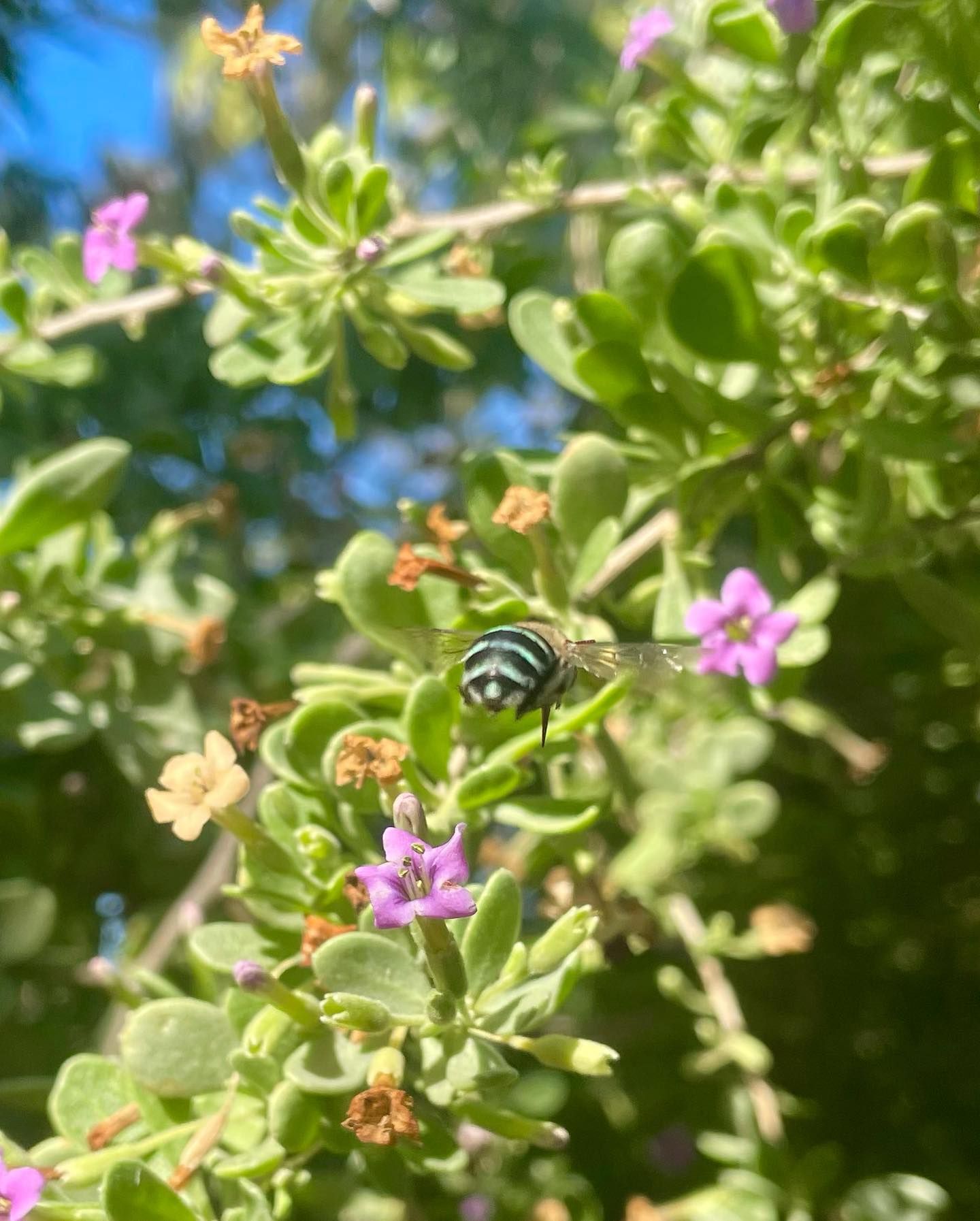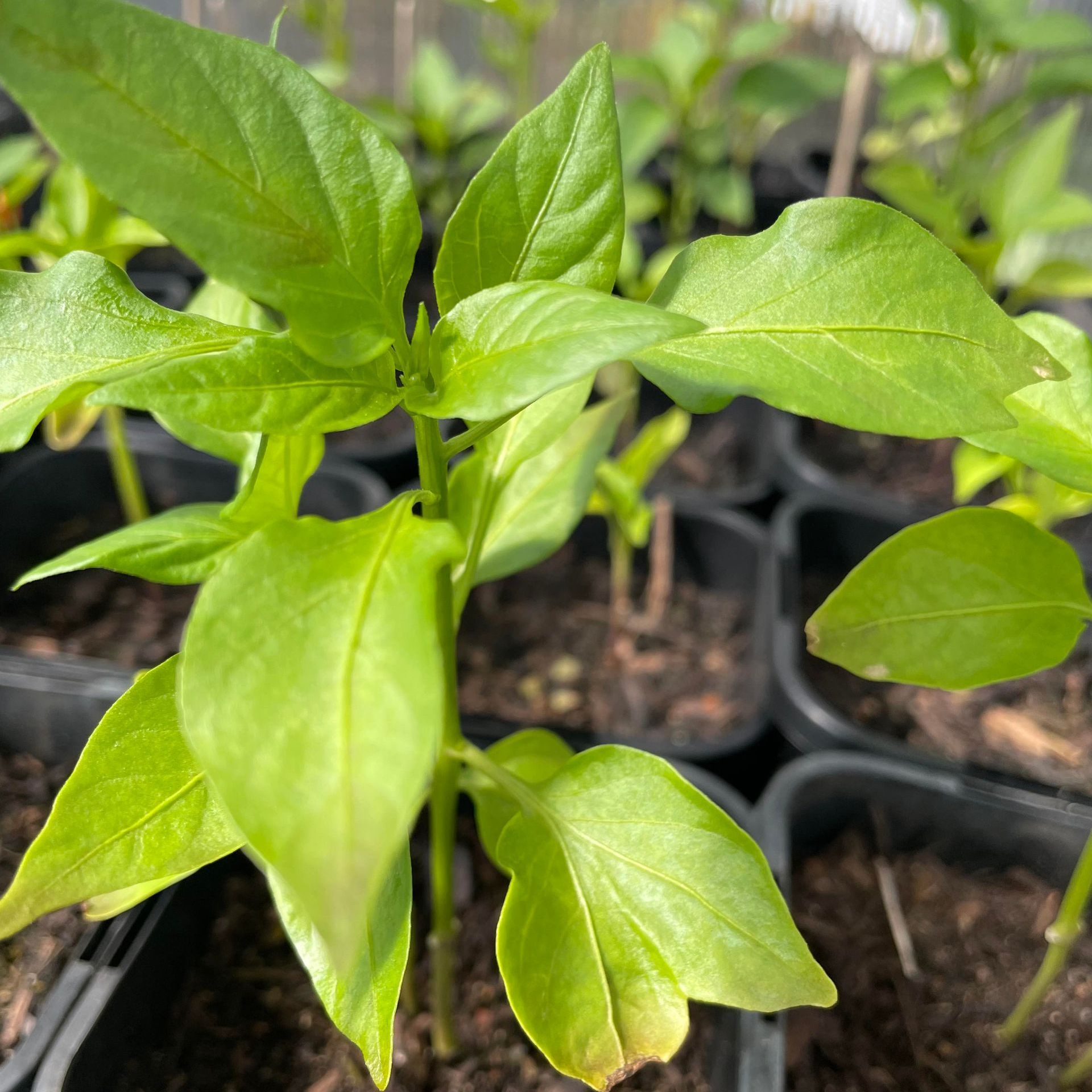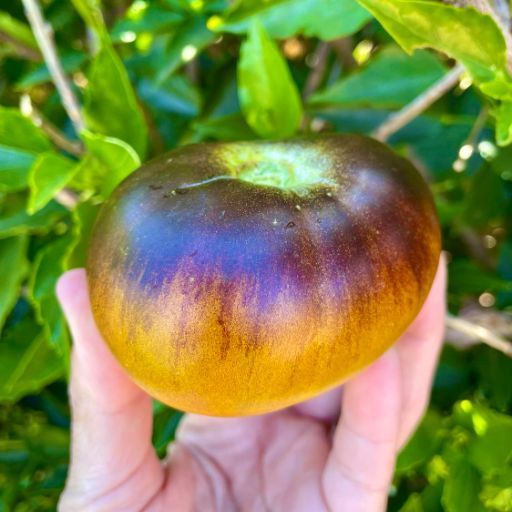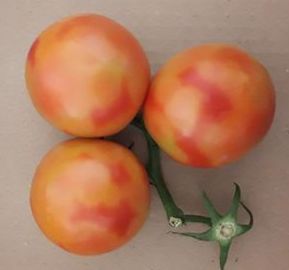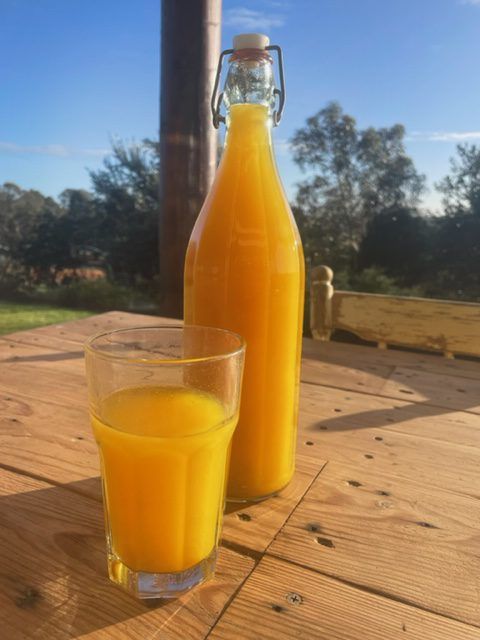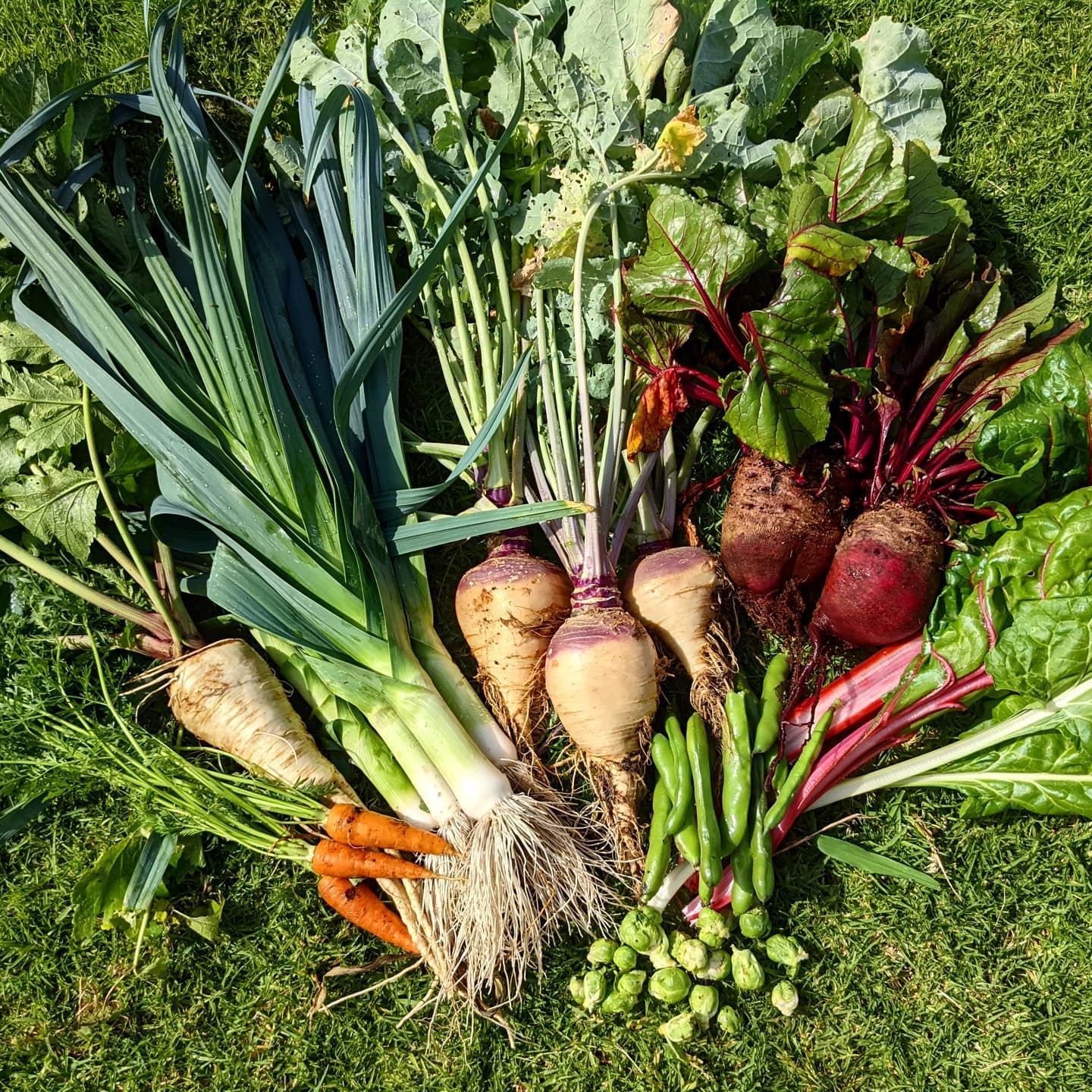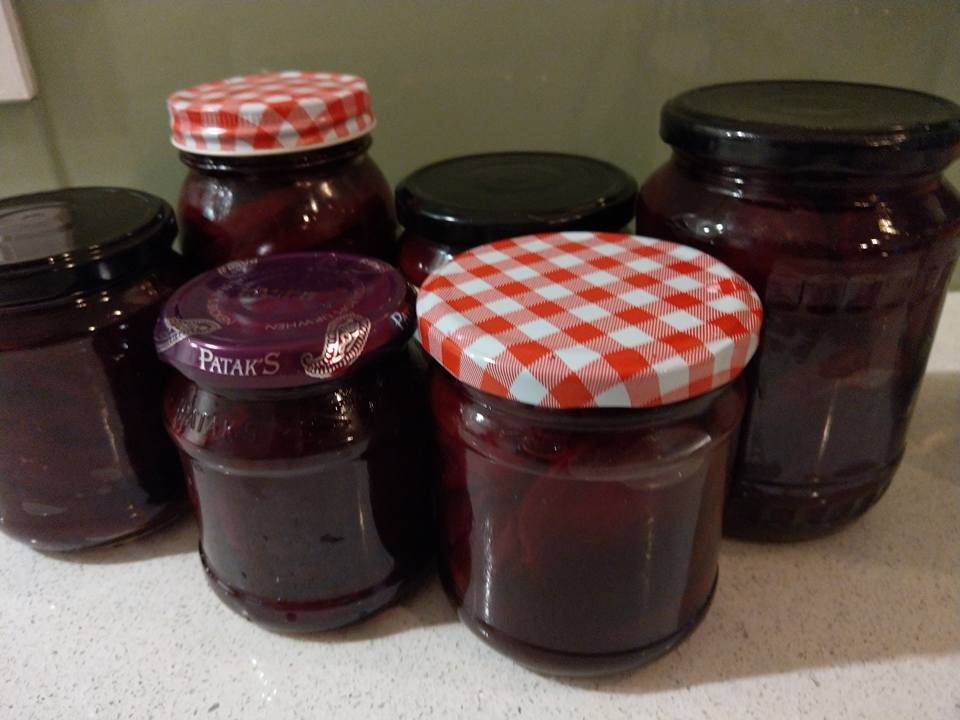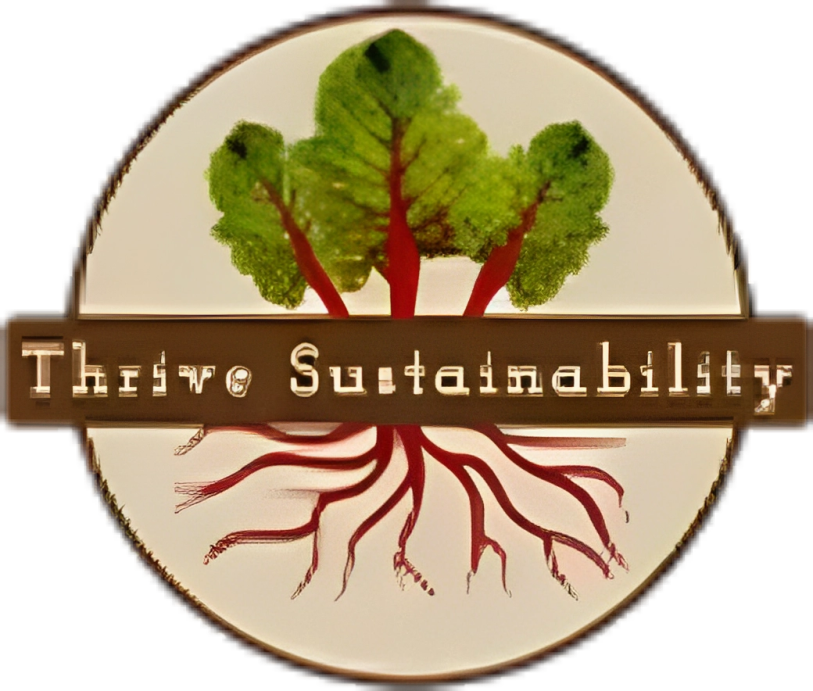Controlling White-Fly Organically
White-fly are closely related to sap-sucking aphids. The adults look like tiny, white moths, Eggs are laid on the undersides of leaves and hatch within 8 days. Both newly hatched 'crawlers' and adults feed by sucking the sap from the underside of the leaf. They also excrete 'honeydew' which can cause problems with black sooty mould
Unfortunately, over-use of pesticides will kill of white-fly's natural predators. One study has even demonstrated an increased white-fly reproductive capacity when sprayed with certain insecticides
Natural enemies of white-fly include small birds, spiders, lacewings, hoverflies, ground beetles and damsel bugs. The adults and larvae of some ladybirds also feed on white-flys
Below: A lacewing - natural predator of white-fly
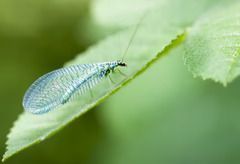
What can we do to reduce damage to our crops?
- Avoid planting crops such as brassicas in blocks/rows, white-fly and many other pests use their sense of smell to locate plants, inter-planting not only throws them off the scent but if a plant is invested the infestation is smaller and isolated to one plant thus easier to treat, we have brassicas dotted around the garden- some amongst perennial flowers that also attract beneficial insects such as lacewings as a result we have broccoli and kale that has remained productive over several growing seasons and even when white-fly has found them it has not got out of control.
- White-fly breed quicker and tend to pose more of a problem in hotter months so if they are an issue in your garden plant brassicas in the autumn and remove plants in the summer if the infestation gets out of hand.
- Stressed plants are more susceptible to attack and less resilient – Ensure plants are growing in healthy well-fed soil and receive adequate water.
- Vacuuming in the early morning (when white-flies are cold and slow moving) can remove many of the adults before they have a chance to lay many eggs
- Use insect exclusion netting over susceptible crops, you must ensure plants are free of pests before covering.
- Organic products such as Eco- oil and Eco – neem can help control outbreaks when used correctly -Ensure spray is applied to all areas especially underside of leaves where eggs are laid. Research undertaken in New Zealand on neem's effectiveness for whitefly found that it had a major impact by preventing the 'nymph' stage from developing into an adult; the nymphs tend to disappear from the treated plants. Eco oil is safe for ladybirds and beneficial insects it has an enhanced formulation which helps to attract beneficial insects into the garden.
We have Eco-oil, Eco-neem and insect exclusion netting available at The Edible Gardens Nursery @ 48 Citron Way, Lower Chittering we are open 9-5 Wed, Fri and Sat
